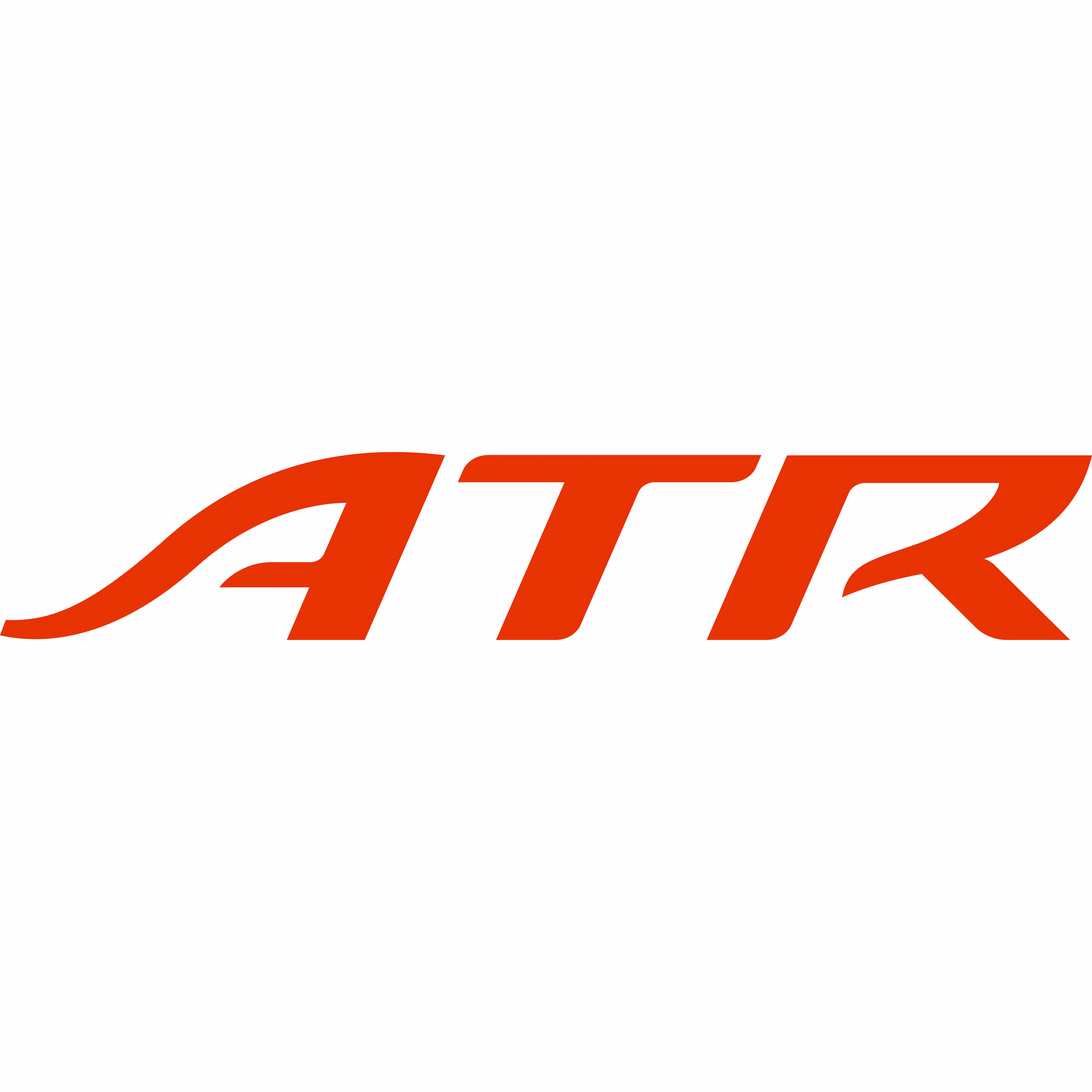ATR, the joint venture between Airbus and Leonardo, has announced a strategic shift toward improving its current product lineup, resulting in the manufacturer abandoning the development of a short takeoff and landing (STOL) ATR 42-600 variant, the ATR 42-600S.
Worsening market conditions
In a statement,  ATR, a 50/50 venture between Airbus and Italy-based Leonardo, said that an extensive market review and problems throughout its supply chain forced the company to focus its efforts elsewhere.
ATR, a 50/50 venture between Airbus and Italy-based Leonardo, said that an extensive market review and problems throughout its supply chain forced the company to focus its efforts elsewhere.
As a result, it has stopped developing the STOL ATR 42-600S, a decision that reflected its commitment to aligning operations with evolving market dynamics.
Photo: ATR
In detailing the demise of the ATR 42-600S, the turboprop aircraft maker said that in addition to the worsening market conditions for such aircraft, technological advancements, and future projections showed a reduced addressable market for the variant than initially planned.
For example, in Southeast Asia, the number of airports that would require STOL-capable aircraft has decreased due to runway extensions or upcoming alternative airports. The trend has been mirrored in other key markets, ATR added.
“While this reduces the addressable market for the ATR 42-600S, it means that our current product line can operate at its full capacity.”

Related
Pratt & Whitney Engine Certified Ready For ATR 42-600S STOL
ATR’s 42-600S STOL aircraft has moved closer to entry into service with its Pratt & Whitney engine achieving certification in Canada.
Reducing ATR 42 and ATR 72 operating costs
Nathalie Tarnaud Laude, the chief executive officer (CEO) of ATR, said that the company has a responsibility toward its customers, stakeholders, and industry at large to continuously evaluate its product portfolio.
“The decision to halt the STOL project reflects our dedication to operational efficiency and long-term sustainability.”
Laude pointed out that ATR was now entering the next phase of growth and improvement, where it will focus on further investments in its current products, the ATR 42 and ATR 72.
Photo: Jake Hardiman | Simple Flying
“Delivering strong value propositions to regional airlines has always been central to our success. This commitment is the reason why our aircraft have remained industry leaders and a trusted choice for our customers over the past 40 years and continues to be our driving force for what lies ahead.”
As part of this commitment, the aircraft manufacturer has already identified several product improvements that would further reduce operating costs and improve the availability of ATR aircraft.
The upgrades to its current product lineup directly reflected the needs and insight ATR shared with its customers, the CEO added. ATR has been working with key suppliers to achieve these operational improvements and has developed comprehensive action plans to drive progress on these upgrades, Laude stated.

Related
ATR Evolution: A History Of The Models And Plans For The Future
Tracing the history of the Franco-Italian aircraft manufacturer.
Breaking into North America
ATR concluded that his move will enable ATR to pivot toward upgrading its existing product lineup, advancing technological innovation, and addressing emerging markets’ demand more effectively.
“This includes further breaking into North America, where the manufacturer is looking to replace aging fleets of regional jets and boost point-to-point regional connections.”
While this includes replacing the aging turboprops and regional aircraft in Canada, in the US, there is only a single ATR passenger aircraft operator, Silver Airways.
The France-based turboprop maker announced its return to the US in January 2018, with the manufacturer saying that Silver Airways would introduce 16 ATR 42-600 and four ATR 72-600 aircraft.
Regional partners of mainline carriers, such as American Eagle (  American Airlines) and Trans World Express (Trans World Airlines), had operated ATR 42 and ATR 72 aircraft.
American Airlines) and Trans World Express (Trans World Airlines), had operated ATR 42 and ATR 72 aircraft.
In December 1994, the Federal Aviation Administration (FAA) had grounded both ATR types in icy conditions following an American Eagle crash in October 1994, which claimed the lives of 68 people onboard.
Photo: Ivan Cholakov I Shutterstock
In January 1995, the FAA allowed ATR’s aircraft to operate in the US once again with certain conditions, including a retrofit of a larger de-icing boot on all ATR 42 and ATR 72 turboprops.
Nevertheless, while regional jets in the US are aging, the US regional market is slowly moving away from smaller aircraft, including those that offer similar capacity to the ATR 72-600 (maximum passengers: 72).
According to a report by Airlines for America (A4A), a US airline lobby group, the average seat per domestic flight in 2024 within the regional jet market was 68, up significantly from the 57-seat average in 2010.
Furthermore, the share of domestic flights operated by mainline carriers has increased to 67% in 2024, up from 49% in 2010 and 58% in 2019.

Related
This New Aircraft Is Designed To Revolutionize US Regional Aviation
The Deutsche Aircraft D328eco should enter service in late 2027.




